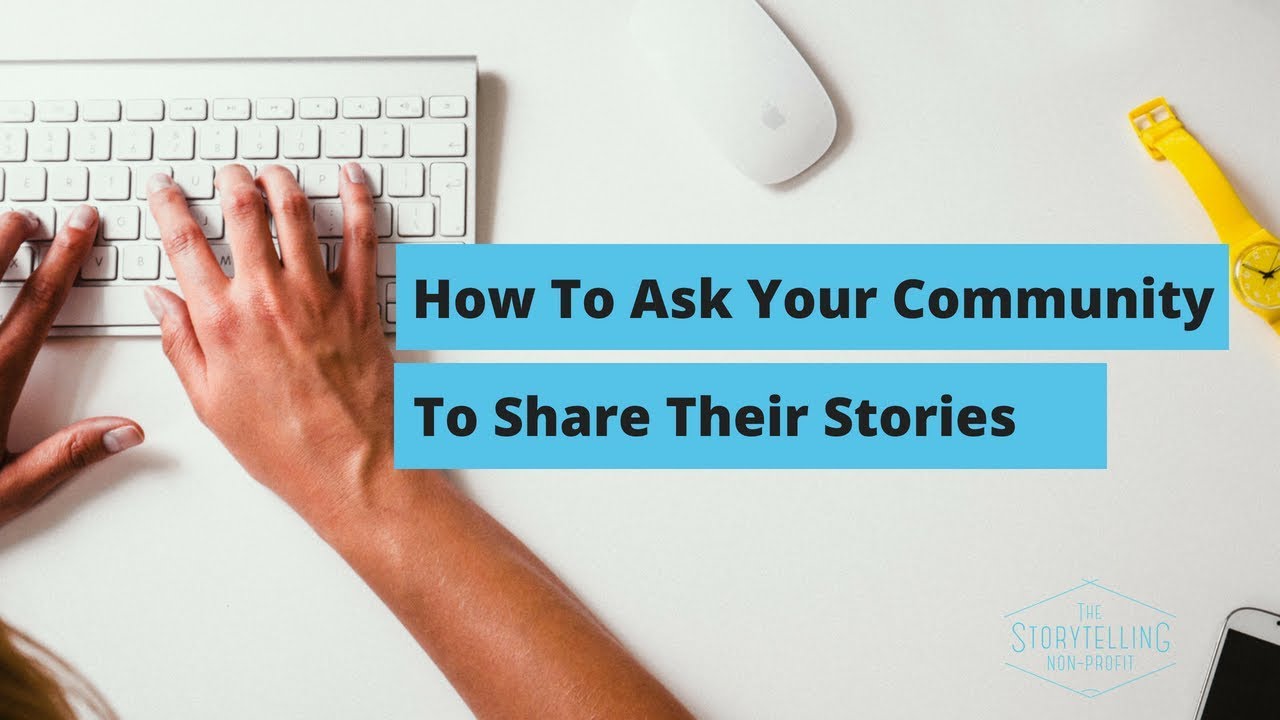Nonprofit Storytelling Examples to Inspire Action
Learn the art of storytelling for nonprofits, charities, and NGOs. Get our best nonprofit storytelling examples, tips, and templates to write your own.


Learn the art of storytelling for nonprofits, charities, and NGOs. Get our best nonprofit storytelling examples, tips, and templates to write your own.
Short answer
Storytelling is not just a marketing strategy; it's the lifeblood of your nonprofit. It's what turns statistics into impacts and donors into advocates.
Stories create an emotional bridge, making it easier for people to connect with your cause. More than that, a good story inspires action, whether it's sharing your cause or making a donation.
Stop losing opportunities to ineffective presentations.
Your new amazing deck is one click away!












